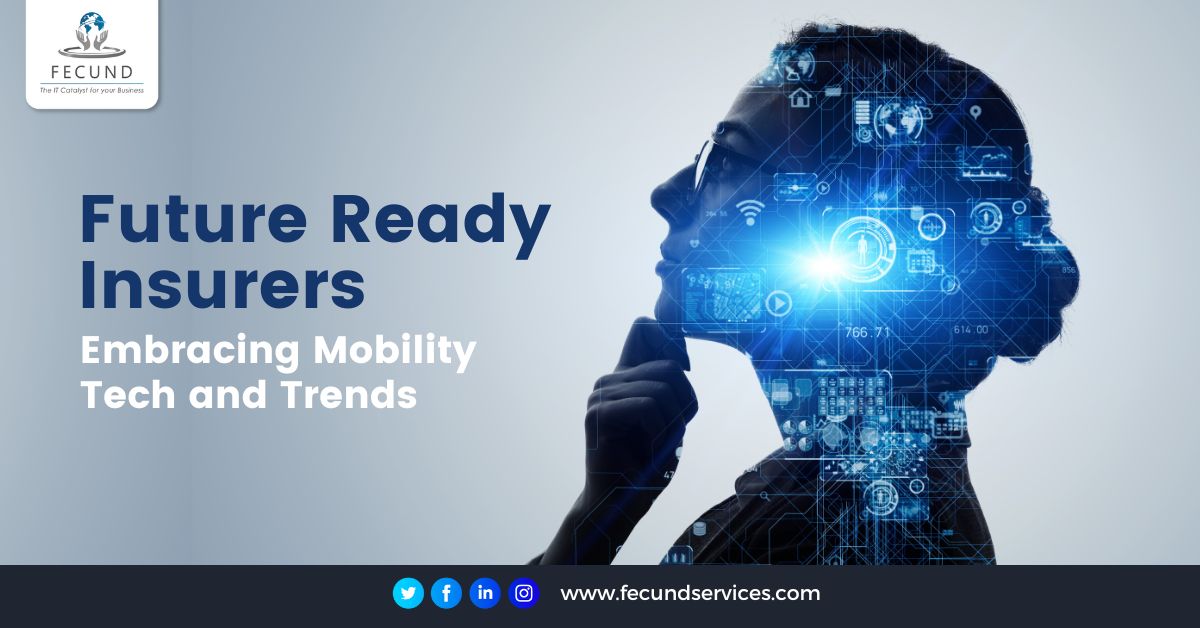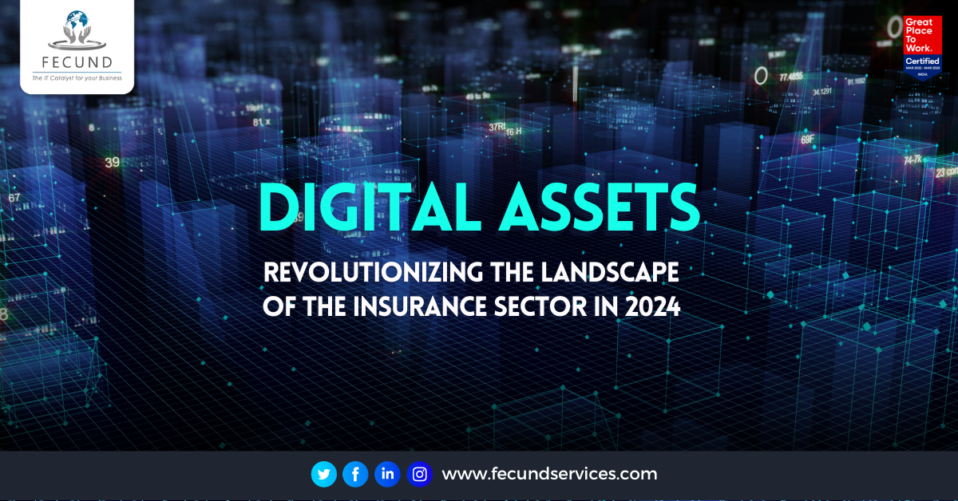
In this era of rapidly advancing technology and constantly evolving trends, the insurance industry finds itself at the cusp of a transformative journey. The future of mobility is no longer a distant concept but a tangible reality that requires the active participation of insurers to navigate through the challenges and harness the opportunities that lie ahead. As we embrace the inevitable changes, we, as insurance professionals, must adapt our strategies and services to meet the demands of the modern consumer.
Understanding the Shift in Mobility
The landscape of mobility is undergoing a profound shift with the emergence of autonomous vehicles, ride-sharing platforms, electric cars, and other innovative transportation solutions. Consumers now seek convenience, efficiency, and sustainability in their mobility choices, which demands a new approach from the insurance sector. We need to delve into these emerging technologies, studying their impact on road safety, risk assessment, and the insurance landscape as a whole.
Assessing Risks in a Changing World
As mobility evolves, so do the risks associated with it. Traditional insurance models may no longer suffice in addressing the complexities of modern transportation. Insurers must keep pace with the changing patterns of risk and develop innovative ways to analyze and mitigate them effectively. Leveraging data analytics, artificial intelligence, and machine learning can provide crucial insights into risk patterns and enable us to tailor policies that align with individual needs.
Embracing Telematics for Personalized Coverage
One of the most promising advancements that insurers can leverage is telematics. By utilizing telematics devices installed in vehicles, we can collect real-time data on driving behavior, vehicle health, and location-based information. This data can be instrumental in offering personalized coverage options based on an individual’s driving habits, promoting safer driving practices, and encouraging responsible vehicle ownership. Embracing telematics can also lead to better claims management, as insurers gain access to accurate accident data.
Innovating Claims Management with Blockchain
In an era where transparency and trust are paramount, blockchain technology has emerged as a game-changer for the insurance industry. We can implement blockchain to streamline claims management processes, ensuring secure and tamper-proof records of policyholder information and claims history. This not only reduces the likelihood of fraudulent claims but also expedites the settlement process, resulting in increased customer satisfaction.
The Role of AI-Powered Chatbots in Customer Service
Exceptional customer service is the cornerstone of any successful insurance business. In the future of mobility, with an increased volume of policyholders seeking instant support, we must look to AI-powered chatbots as an asset. These virtual assistants can efficiently handle customer queries, provide policy information, and even assist with the claims process, all while offering round-the-clock availability. By integrating chatbots into our customer service strategies, we can enhance customer experience and foster long-term loyalty.
Navigating Regulatory Challenges
As technology continues to push the boundaries of mobility, insurers must be mindful of the ever-evolving regulatory landscape. We must collaborate with policymakers and industry stakeholders to shape regulations that strike a balance between encouraging innovation and ensuring consumer protection. Proactive engagement with regulatory bodies can position insurers as thought leaders, influencing policies that foster a sustainable and progressive future of mobility.
Collaborating with OEMs and Mobility Providers
To stay at the forefront of the future of mobility, insurers must forge strategic partnerships with original equipment manufacturers (OEMs) and mobility service providers. Collaborations can lead to innovative insurance offerings that are seamlessly integrated into mobility solutions, enhancing the overall user experience. As we align our services with the evolving needs of consumers, we can establish our presence as forward-thinking insurance providers.
Environmental Sustainability in Mobility Insurance
As the world witnesses the urgent need to address climate change, the future of mobility must prioritize environmental sustainability. Insurers can play a pivotal role in encouraging eco-friendly practices, such as offering incentives for electric vehicle adoption or rewarding green driving habits. By incorporating sustainability into our insurance products and services, we contribute to a greener future and resonate with environmentally conscious consumers.
Conclusion
The future of mobility presents many challenges and opportunities for the insurance industry. As insurers, we must proactively embrace technological advancements, data-driven insights, and changing consumer preferences. By harnessing the power of telematics, blockchain, AI-powered chatbots, and sustainable practices, we can transform our approach to risk assessment, claims management, and customer service.
To be ready for the future of mobility, we must stay ahead of the curve and continuously evolve our offerings. As the landscape shifts, we should see it as an opportunity to redefine insurance and create a more secure, sustainable, and seamless mobility experience for all.
 Author Bio: Abhishek Peter is an Assistant Manager – Digital Marketing at FECUND Software Services. With a Master’s degree in Marketing and various certifications in the field, he is highly skilled and passionate about solving complex problems through innovative marketing solutions. Abhishek is an avid reader and loves to explore new technologies. He shares his expertise through his blog, which provides insights into the world of marketing, technology and more. LinkedIn Profile
Author Bio: Abhishek Peter is an Assistant Manager – Digital Marketing at FECUND Software Services. With a Master’s degree in Marketing and various certifications in the field, he is highly skilled and passionate about solving complex problems through innovative marketing solutions. Abhishek is an avid reader and loves to explore new technologies. He shares his expertise through his blog, which provides insights into the world of marketing, technology and more. LinkedIn Profile




Post a comment